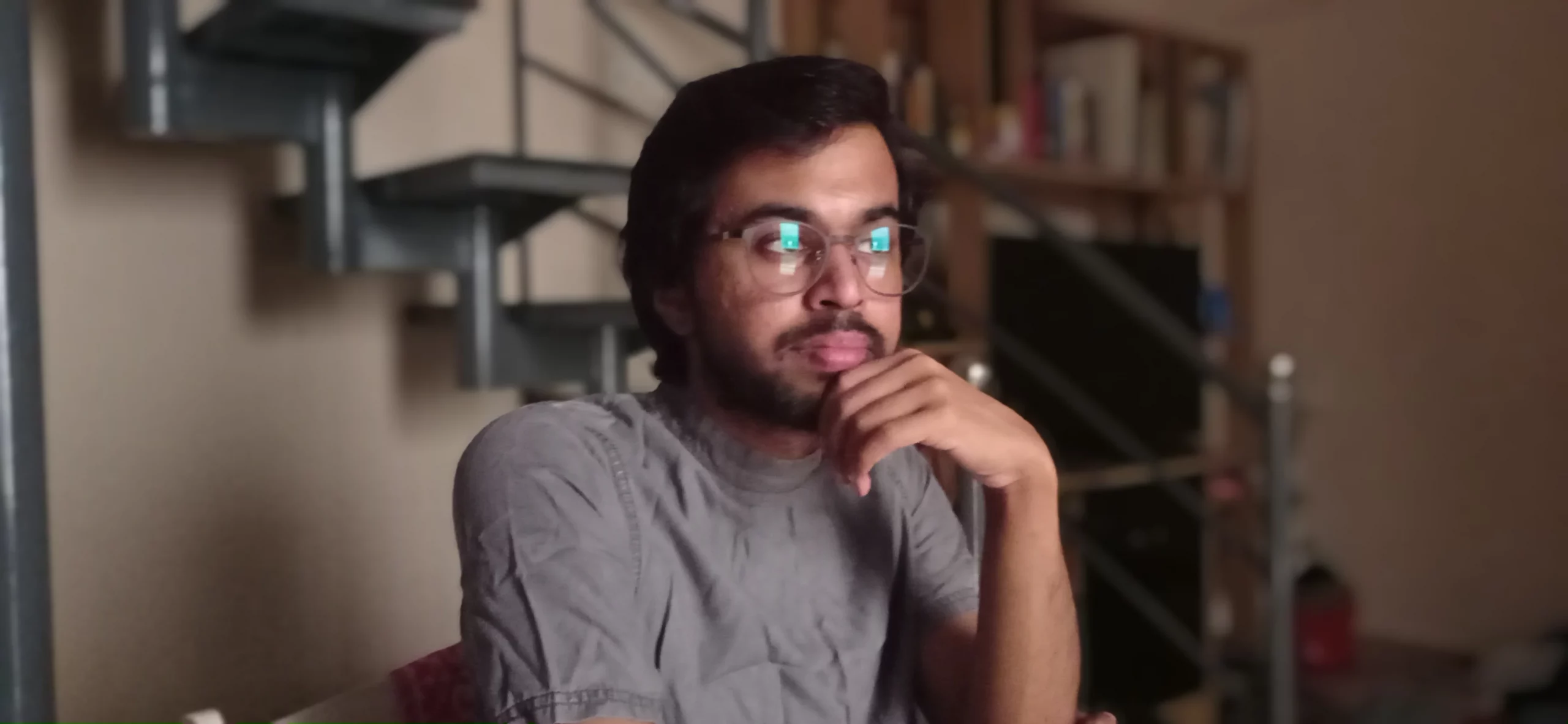Theatre to Reach Girls
Roles assigned to each individual in the society, based on their biological characteristics, did not emerge in the linear evolutionary manner. In the course of history, as the human brain evolved, it intended to build a certain foundational structure – society. For this deal to last in harmony, it was necessary to have things in place. Thus, civilization developed over time, with its social contract stating the roles for each individual. Within the circles of theatre, it is believed that each individual is subject to a role, with its respective ‘appropriate’ behavior. Thus, from the constant rehearsal of the ‘right’ behavior, girls/women/transwomen developed their stereotypes about their group. Each became the perfect actress, the irony being that it has been an imperfect form of perfection.

The Power of Theatre
As one lives in the social reality, one never realizes the world outside the lines. The stage seems all there is to experience. However, through the same method, this seemingly ever-right role-play can be countered, questioned, and broken down. One marked example of this act was reported by Hindustan Times (2017). The report was from the context of Sunderbans, West Bengal, where girls were subject to the demeaning scrutiny of their to-be in-laws. As the report noted, “Her prospective groom’s family inspects her physical traits…”.
Jana Sanskriti, an all-women-satellite group, presented such similar situations as their acts for the spectators. One of the actors, in the course of one of the plays, questioned the spectators if they find this kind of view appropriate. This question stimulated the cognizance of the women, and they were allowed to participate in the play as it is resumed again. Parallel to this, the male farmers also acquired the understanding of the stigmas associated with each gender and took part as an actor who protests such a ritual in the play. The collective has succeeded in uprooting such practices against women among three communities of the Sunderbans.
As another example of theatre activism, Girl Be Heard, USA (CBS News, 2020) provides a platform for girls and women to participate and become aware of the socio-cultural norms that aim at demeaning them or devaluing them against their male counterparts. This collective trains students into countering the stigmas attached to consent and depression. This platform opened opportunities for ‘colored’ women to speak out their share of the story – being marginalized in layers.

Dramatherapy
These examples are two out of a thousand efforts worldwide and within India, where traditional media has become the tool to counter the conservative practices. Theatre’s ability goes beyond just breaking down such terms and conditions for women. It also allows for an open space for people, irrespective of their identity, to put forth their experiences through their performance. Dramatherapy, a form of creative therapy, has been beneficial since its inception to help individuals with anxiety and depression, and trauma.
The New Indian Express (2014) acquired the information, about the healing potential of dramatherapy, from K.P. Sanjeevan, a dramatist from Kozhikode. He effectively uses dramatherapy to help children and adults from any space to deal with depression, stress, and strained situations. The national daily Times of India (2017) noted the efforts by the Delhi police to bring out the realities of sexual assault against children within the ‘safe place.’ As per the reports acquired from the police responses, maximum assault cases involved perpetrators known to the girl child, and she was within the ‘limits’ of the domestic space.
Such efforts bring together social aspects and political negligence through creative arts. Theatre allowed the children and, with extension, the audience to stimulate the passive self within. It stirs the mind as it is exposed to the horrors of society in an open space like a theatre.

An Alternative Space
The benefit of the theatre space, whether as a therapy or as a social movement, resides in its quality of mating the self with a non-self. Sue Jennings (2005), through years of research, argues that the effect of theatre and its reception does not depend only upon the creative strength of the audience. It does not work with its efficiency if not perceived with the logical aspect of the left hemisphere and the creative aspect of the right hemisphere. It is important to understand. Thus, that theatre brings out the self that resides within one, on a stage, and in the society through the audience.
Breaking down the distance between the audience and the performers, the play can make explicit the different ways in which girls and women and transwomen are demeaned through different ‘appropriate’ behavior. For the girls subject to traumatic pasts, studies note that theatre provides a safe space to project the embodied experience of their grievance, which acts as a catharsis. It further acts as a channel to spread awareness about these issues when similar people get together and take the baton ahead.
In conclusion, Butler’s note seems sufficient that gender expressions are performances of an individual on a daily basis. Thus, to reach those silenced and shunned members of the conservative society, theatre becomes an alternative space. It presents an opportunity for the ‘guarded’ gender to perform their chosen roles and stimulate further tides in this gender-biased civilization.
Author

